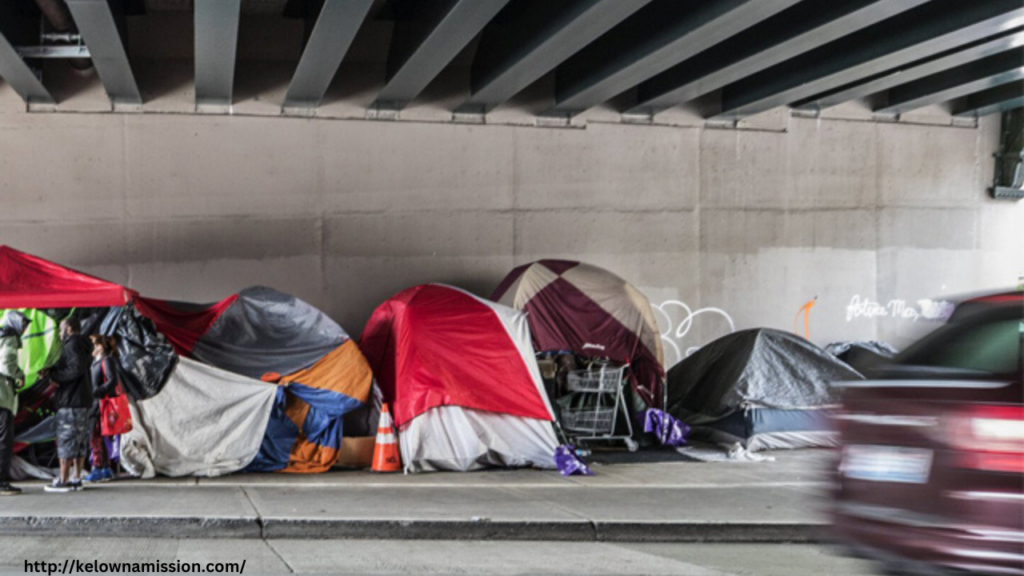
Homelessness and addiction are deeply intertwined, creating a vicious cycle that is difficult to escape without comprehensive intervention. Many individuals experiencing homelessness struggle with substance use disorders, often lacking access to the necessary resources to pursue recovery. Traditional methods of addressing addiction—such as requiring sobriety before providing housing—have proven ineffective for many. A growing movement is now focusing on bridging the gap between homelessness and recovery by integrating harm reduction, housing, and healthcare to create a pathway out of crisis.
Understanding the Connection Between Homelessness and Addiction
A significant portion of the homeless population battles addiction, often using substances as a means to cope with trauma, mental illness, and the harsh realities of living on the streets. Without stable housing, consistent medical care, or access to treatment, many individuals remain stuck in a cycle of addiction and instability. The lack of a secure living environment makes it nearly impossible to focus on recovery, as survival takes priority over everything else.
Innovative Approaches to Recovery
To effectively address both homelessness and addiction, innovative programs are shifting their focus toward comprehensive, person-centered approaches. Some of the most promising strategies include:
- Housing-First Model – Providing permanent housing without preconditions ensures that individuals have a safe and stable environment to begin their recovery journey. With a roof over their heads, people are more likely to engage in addiction treatment and mental health services.
- Low-Barrier Treatment Programs – Traditional recovery models often exclude individuals who continue to use substances. Low-barrier programs take a different approach, offering medical care, harm reduction, and counseling services without requiring immediate sobriety.
- Mobile Outreach Units – Many individuals experiencing homelessness struggle to access treatment facilities due to transportation barriers or mistrust of traditional institutions. Mobile clinics bring essential medical and addiction recovery services directly to homeless encampments, offering on-site healthcare, medication-assisted treatment (MAT), and mental health support.
- Peer Support and Community Engagement – People with lived experience of homelessness and addiction play a crucial role in outreach efforts. Peer navigators can build trust with those on the streets, connecting them with services and providing hope that recovery is possible.
Real-World Success Stories
Cities across the U.S. are implementing these approaches with promising results. In Seattle, for example, the LEAD (Law Enforcement Assisted Diversion) program connects individuals caught in the cycle of homelessness and substance use with case managers instead of incarcerating them. Similarly, in Los Angeles, mobile treatment teams work alongside housing providers to offer addiction recovery services to newly housed individuals, increasing retention rates in treatment programs.
A Path Forward
Breaking the cycle of homelessness and addiction requires an integrated, compassionate approach that meets individuals where they are. By combining stable housing, accessible healthcare, harm reduction, and peer support, we can create lasting pathways to recovery. The shift from tents to treatment is not just about getting people off the streets—it’s about restoring dignity, offering hope, and providing the resources necessary for long-term stability and well-being.